Washington D.C. The eco-sensitive Native Landscape at the National Museum of the American Indian offers an immersive landscape experience. The garden’s natural environment recalls a landscape before European contact, reflecting the close connection between indigenous cultures and the land.
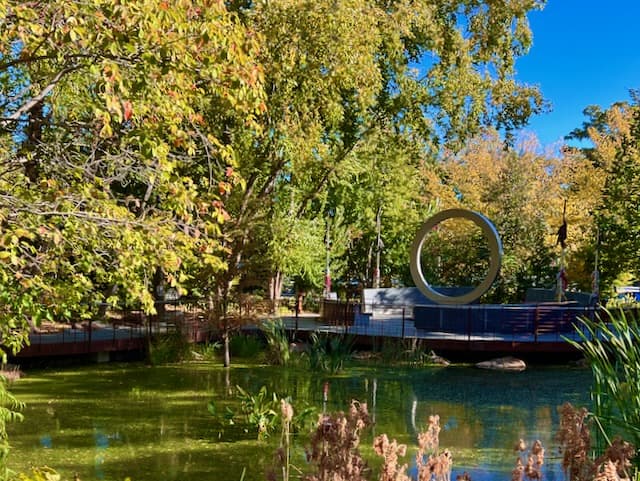
Returning to the natural habit of hundreds of years ago, the Native Landscape encompasses four areas: upland hardwood forest, wetland, cropland, and meadow, creating a tapestry of sensory experiences.
More than 33,000 plants of approximately 150 species can be found throughout the landscape representing resources for food, fiber, dye, medicine, ceremonies, and building materials.
Whether you are planning to visit the Native Landscape at the National Museum of the American Indian or just interested in seeing it from afar, this post will show you the great attention to detail that symbolizes the connection between the people and the land. This is a Garden with a soul. To assist in planning your trip, a Garden Travel Guide to the Native Landscape at the National Museum of the American Indian is located at the end of the post.
Native Landscape Wetland
The museum’s wetlands represent the original Chesapeake Bay environment before European settlement and brings visitors back to a Native place.
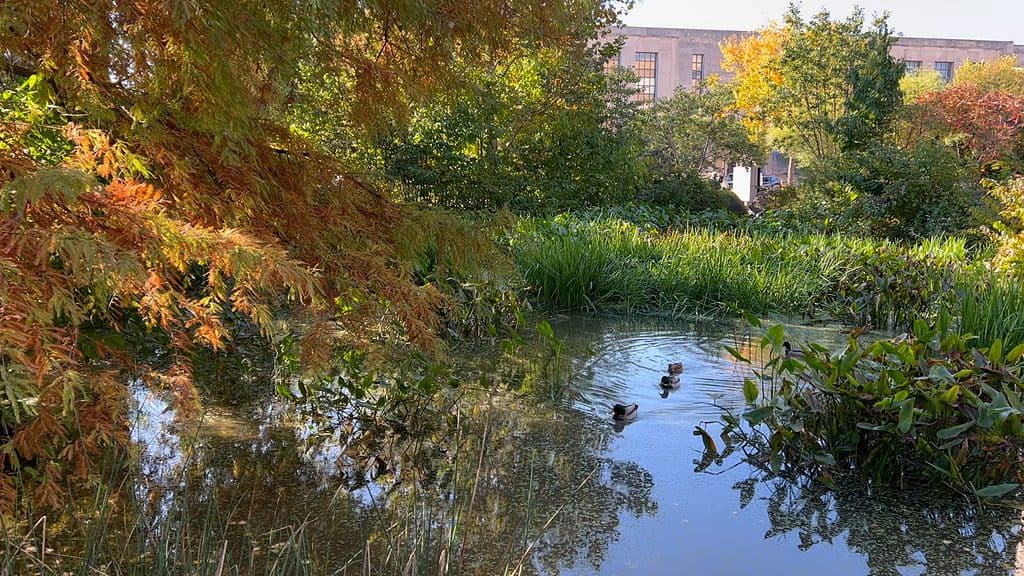
Native Landscape Cropland
Crop rotation, organic practices, and the Three Sisters method of planting are used by the Native people.
The Native people called corn, bean, and squash “the three sisters” because they nurture each other like family when planted together.
Plants are considered by some tribes to be the hairs of Mother Earth, and one must express appreciation when taking them from the soil.
WorldArchitecture.org on the Meadows of National Museum Of The American Indian
Native Landscape Meadow
Wildflowers, shrubs, and grasses are abundant in the gardens. Native traditional healers use meadows as a source of medicinal plants.
Symbolic art pieces dot the landscape. Nora Naranjo-Morse created the art installation, Always Becoming, from clay and other organic materials. The art is designed to erode and transform over time representing a connection with the natural landscape.
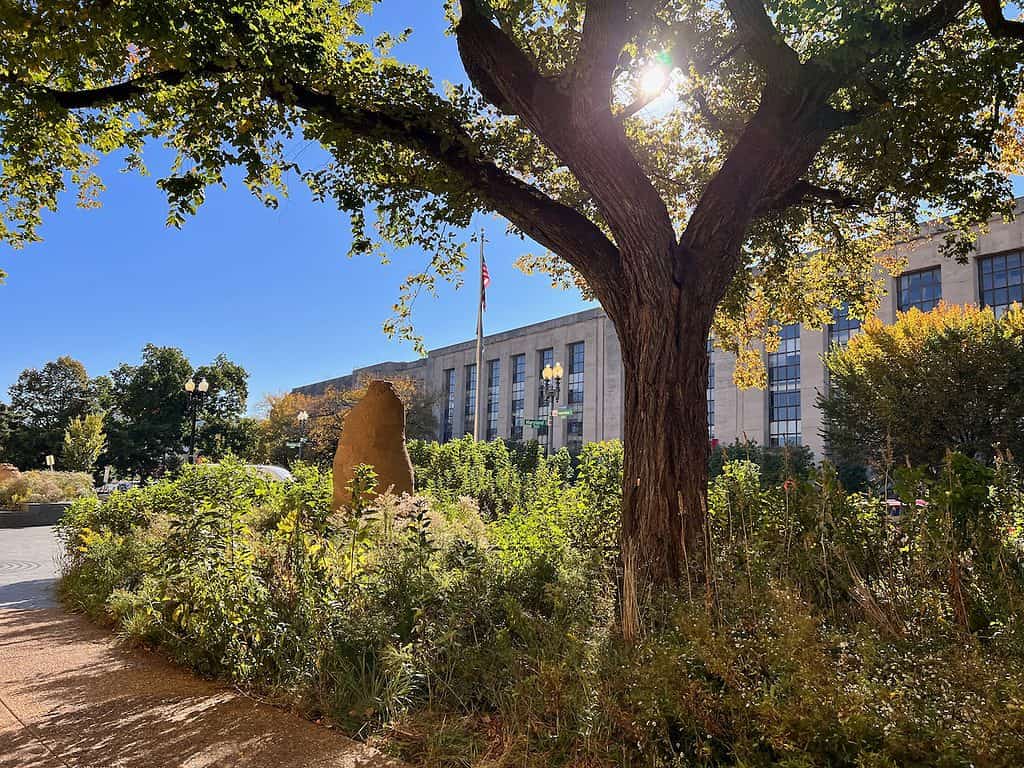
Native Landscape Hardwood Forest
The upland hardwood forest represents a dense forest using a group of shrubs and more than 30 species of trees. The Forests’ bounty provided the native people with plants for food and medicine.
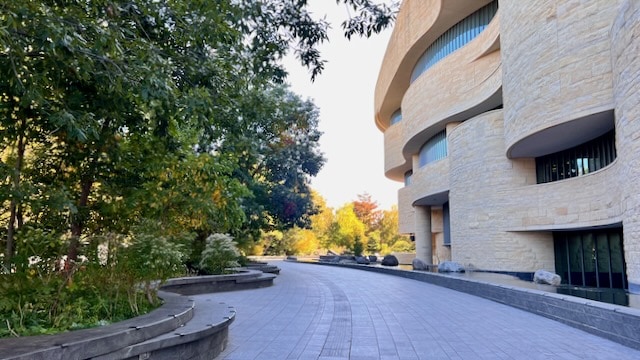
Native Landscape Grandfather Rocks
Uncarved rocks and boulders, called Grandfather Rocks, are a strong focal point in the landscape.
These wind and water hew rocks were selected from a quarry in Canada and blessed by the Montagnais First Nations group before the journey to Washington, DC.
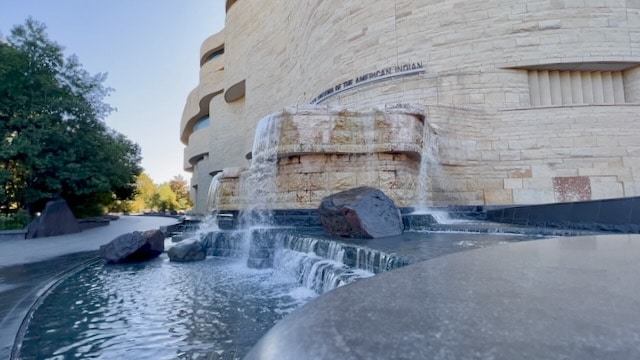
Central to the garden landscape, the waterways running through the rocks represent Tiber Creek, a former tributary of the Potomac River in Washington, D.C.
Additional Resources
Visit the website of the Native Landscape at the National Museum of the American Indian.
Learn more about the Native Landscape on the Smithsonian Gardens website.
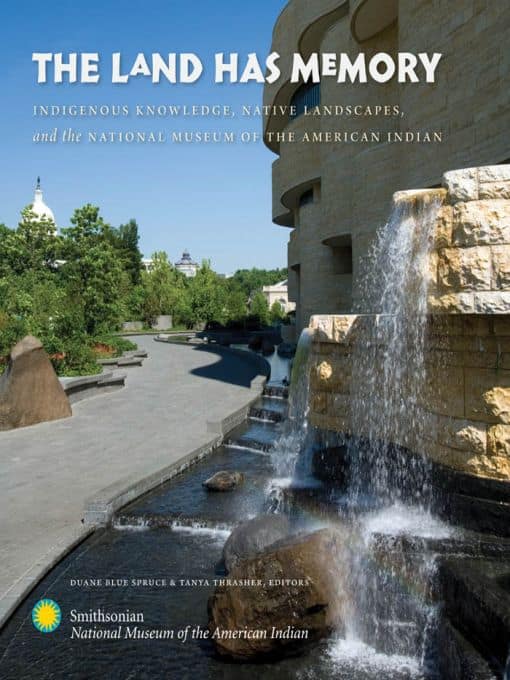
The Land Has Memory: Indigenous Knowledge, Native Landscapes, and the National Museum of the American Indian This book shares beautiful images of the museum’s natural environment every season. Essays by Smithsonian staff and others involved in the museum’s creation provide a narrative of indigenous people’s relationship to the land in the Americas.

Visitors Guide to the Smithsonian Native Landscape at the National Museum of the American Indian
Independence Ave SW & 4th St SW, Washington, DC 20597, USA The landscape surrounds the National Museum of the American Indian.
How to Best Experience the Native Landscape
Slow down for this garden. It is designed to be a spiritual place. Find a place to sit near the wetlands. Watch the wildlife. Listen to the sounds. The landscape surrounds the museum, so you’ll have found the gardens no matter which way you enter.
Parking Near National Museum of the American Indian
The museum does not have a parking lot. If you drive, limited metered public parking may be available on surrounding streets. There are several commercial parking facilities nearby. You can book guaranteed parking in nearby garages in advance with ParkWhiz.
Public Transportation Near the Museum
The nearest Metro station is L’Enfant Plaza. Exit toward Maryland Avenue/Smithsonian Museums. On Maryland Avenue, walk two blocks east (toward the US Capitol Building). View a map of the closest Metro stations.
Native Landscape Hours
The hours of the National Museum of the American Indian Garden are dawn until dusk. Admission to the museum and gardens is FREE.
Refreshments Near the Garden
Mitsitam Cafe
The National Museum of the American Indian cafe, Mitsitam, means “Let’s eat!” Enjoy the indigenous cuisines of the Americas. Five food stations—Contemporary Native; Mountains and Plains; Native Comfort; Oceans, Sea, and Streams; and The Three Sisters use ingredients and flavors found in both traditional and contemporary dishes. Cafeteria style. Entrance to the museum is free.
4th Street and Independence Ave. SW, Washington DC, DC 20560. Inside the National Museum of the American Indian. 11 am – 4 pm, seven days a week.
2 Sisters Deli
The 2 Sisters Deli is good for a quick bite for breakfast or lunch. They offer Contemporary and Vegetarian-friendly options.
400 C St SW, Washington DC, DC 20024-2800 0.2 miles ( 4-minute walk) from the National Museum of the American Indian Garden. 6:30 am – 3:00 pm, 7 days a week.
Where to Stay
Holiday Inn
Popular in this area is the Holiday Inn Washington Capitol. Bonus: It is pet-friendly.
550 C St SW, Washington DC, DC 20024-2572 0.3 miles (6-minute walk) from the National Museum of the American Indian Garden.
Author’s Note: My recommendations are not sponsored; they are my personal experience or researched suggestions.
Other Gardens Near the Native Landscape
The Granddaddy of Gardens, the United States Botanic Garden, is right across the street from the Native Landscape at the National Museum of the American Indian. The conservatories of the US Botanic Garden are something to behold.
Right next door to the west of the National Museum of the American Indian is the Smithsonian National Air and Space Museum Garden. Although it was under construction when I visited, it should be on the garden visitor’s radar when it opens.
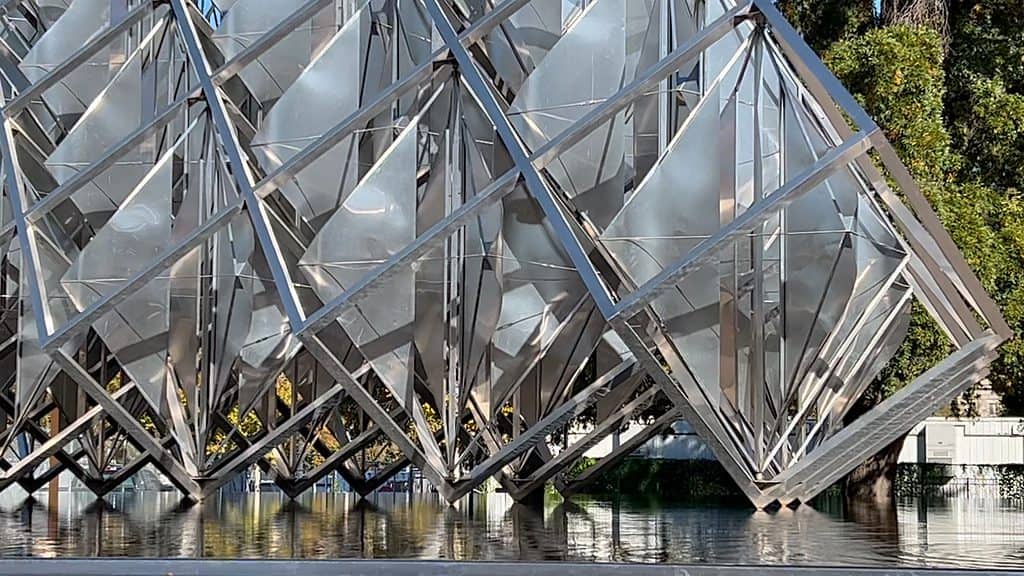
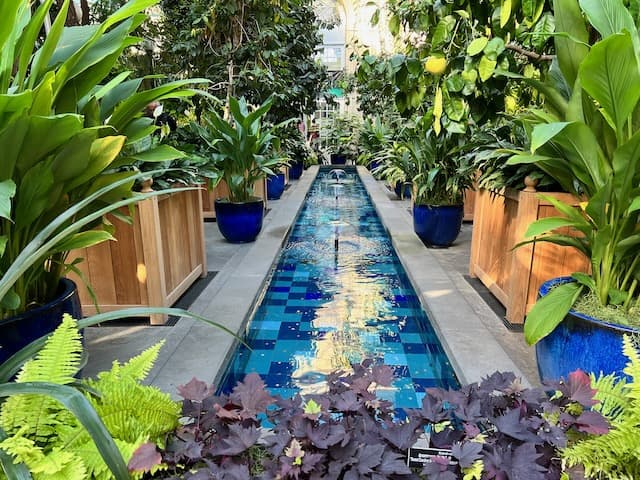
There are 13 Smithsonian Gardens near or on the National Mall. For a complete list of locations, see The Best Smithsonian Gardens and How to Find Them.
Recent Posts
Museums for All in Botanical Gardens and Arboretums Blooming with Access
Museums for All is an initiative that allows individuals and families receiving food assistance (SNAP EBT - Supplemental Nutrition Assistance Program Electronic Benefit Transfer) to gain free or...
San Diego Botanic Garden, Encinitas, CA: The San Diego Botanic Garden in Encinitas is a 37-acre sanctuary about a 30-minute drive north of the city of San Diego. Just a mile from the Pacific...
